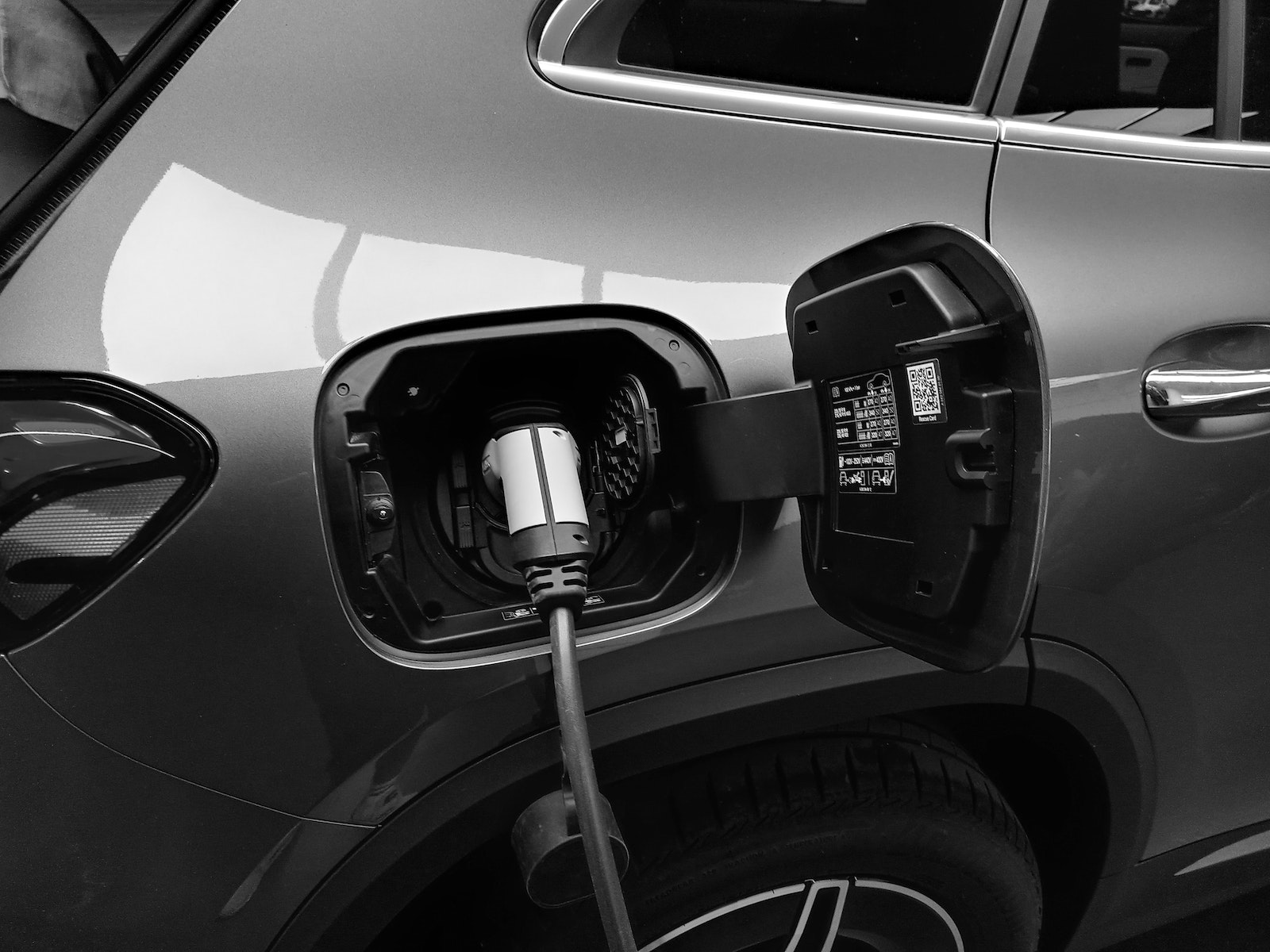Over recent years, hybrid and plug-in hybrid vehicles have experienced an exponential surge in their popularity within the automotive industry. Their promise of improved fuel economy and reduced emissions have earned these innovative cars widespread admiration from environmentally-minded consumers. Unfortunately, however, many individuals remain confused by what separates hybrids from plug-in hybrids; therefore in this article we will cover their individual characteristics to help make an informed decision regarding which is the right vehicle for you.
Understanding Hybrid Vehicles: Hybrid vehicles combine an internal combustion engine with an electric motor and battery pack for powering their hybrid drivetrain. Regenerative braking recharges their battery pack while driving, while an electric motor assists acceleration while decreasing fuel consumption at lower speeds. Hybrids cannot be plugged in for charging; their batteries must be charged via engine power alone through regenerative braking.
Exploring Plug-In Hybrid Vehicles: As their name implies, plug-in hybrid vehicles can be charged using external sources like charging stations or regular electrical outlets. Like their hybrid counterparts, plug-ins feature both an internal combustion engine and electric motor; however, unlike their predecessors they typically feature larger battery packs to enable longer all-electric driving ranges before switching over to gasoline power – giving drivers flexibility to rely more heavily on electricity, leading to greater fuel efficiency and decreased emissions.
Differentiating Factors:
Although hybrid and plug-in hybrid vehicles share similar traits, there are some key differentiating features between the two vehicles that set them apart:
Plug-in hybrids boast greater all-electric range compared to their conventional hybrid counterparts, typically providing anywhere between 20-60 miles before their gasoline engines take over, which enables for shorter commutes or local trips without using any gasoline at all. This makes plug-in hybrids ideal for shorter journeys that don’t involve crossing any long distances.
b) Charging Time: Plug-in hybrids require external charging, which may take a few hours depending on its power level and battery capacity. In contrast, hybrid vehicles do not need external charging as their batteries are constantly replenished through regenerative braking and their engine’s internal combustion engine.
c) Fuel Efficiency: Although both types of vehicles provide enhanced fuel economy over traditional cars, plug-in hybrids generally achieve higher ratings due to their larger batteries and extended all-electric range. However, this could vary depending on driving habits, terrain conditions and usage patterns.
Conclusion: Overall, choosing between a hybrid and plug-in hybrid depends on your driving needs and preferences. If you frequently drive short distances with access to charging infrastructure such as stations for quick charging times and short commutes, then a plug-in hybrid might be more suited than its conventional hybrid counterpart in terms of providing electric only driving capabilities. Either choice contributes towards reduced overall fuel consumption and emissions for an eco-friendlier future transportation option.
Word Count for this Article is 509 words.















